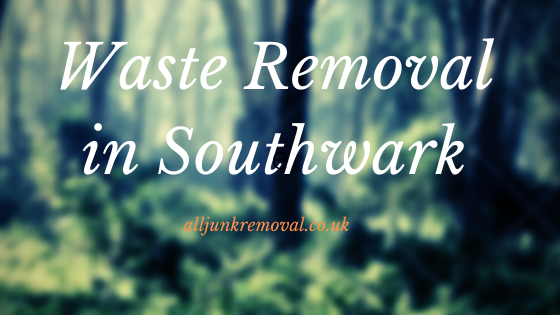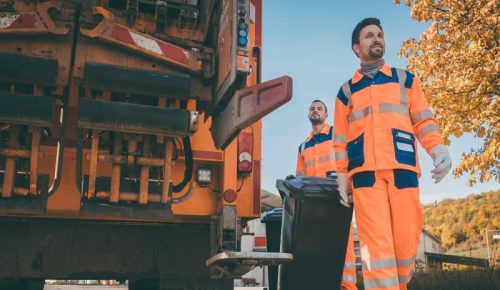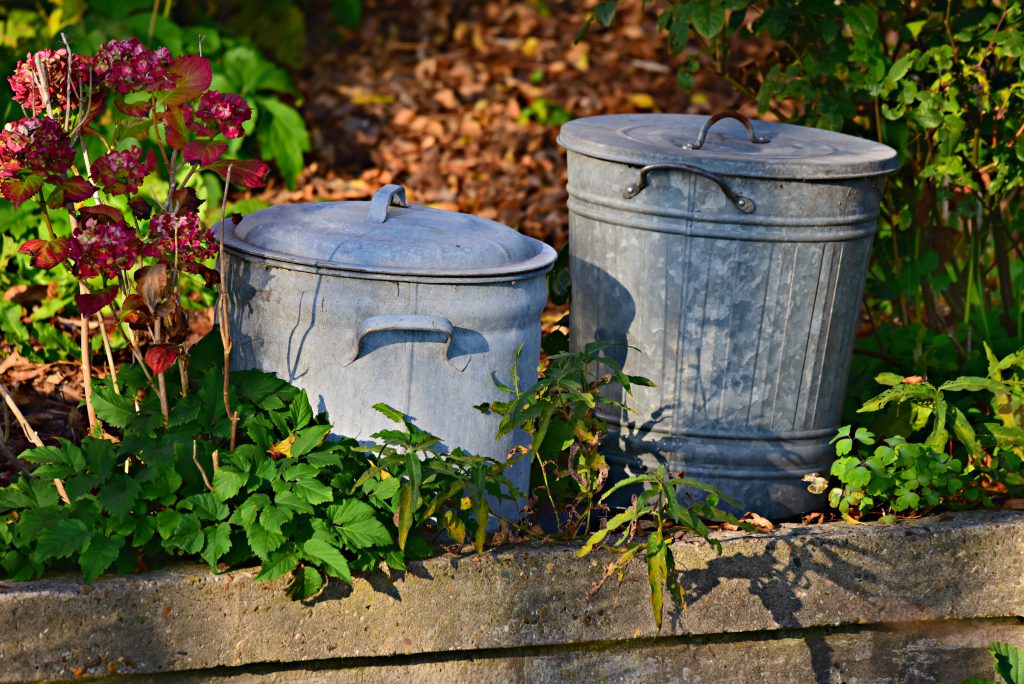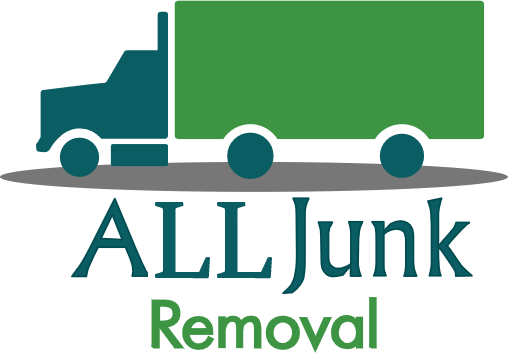“Resource Farming” at Home: Transforming Everyday Rubbish into Valuable Materials

What if you could produce new, useful items from the same waste you toss out every day—coffee grounds, plastic bottles, cardboard boxes, and more? That’s the concept behind “resource farming” at home: treating your rubbish as raw materials for small-scale “factories.” By repurposing everyday items that might otherwise end up in landfill, you can save money, reduce waste, and even discover a new hobby. Below, we’ll explore what resource farming is, the types of items you can harvest, and how to set up a functional, beginner-friendly system in your own home.
1. Understanding Resource Farming
Resource farming is the idea that you can harvest raw materials from items you typically throw away. Rather than letting valuable resources disappear into landfills, you bring them back into a circular economy—one that reuses, recycles, and repurposes. By looking at rubbish not as “trash” but as something brimming with potential, you can create:
- Compost for your garden from kitchen scraps.
- DIY crafts and household products from used plastics or paper.
- Bio-based materials for small manufacturing projects.
The guiding philosophy is that small changes at home can lead to a big impact. When you adopt resource farming, you help reduce the need for newly mined or manufactured resources. Plus, you get to experiment and have fun seeing what you can create from your would-be trash.
2. Why Resource Farming Matters
We live in a world where single-use plastic, excessive packaging, and unsustainable consumption are the norm. Even if you’re dedicated to recycling, not all items are handled properly in large-scale waste systems. Some materials are too costly or complex to process, which means they still end up at the landfill. But when you take control of your own rubbish, you cut out the middle steps, ensuring a higher likelihood that these materials get reused effectively.
Resource farming also fosters a creative mindset. Each time you’re about to throw something away, you’ll start asking, Could I do something with this? Over time, that approach can lead to a more thoughtful, sustainable lifestyle that benefits both your wallet and the planet.
3. Everyday Materials to Harvest
Your home is likely filled with potential resources waiting to be reimagined. Here are some of the most common and versatile:
- Coffee Grounds
- Rich in nitrogen and useful for compost or even certain skincare scrubs.
- Mix with dried herbs to make natural fertilizer for your garden.
- Plastic Bottles and Jugs
-
- Commonly turned into planters, bird feeders, or storage containers.
- Can be cut into strips and melted down for 3D printing filament (with the right equipment).
- Cardboard and Paper
-
- Shredded cardboard can be used as mulch or compost brown material.
- Clean, sturdier cardboard can be turned into organizers, shelves, or custom packaging.
- Glass Jars and Bottles
-
- Ideal for food storage, homemade jams, or DIY terrariums.
- Can be painted, etched, or decorated for a personalized touch.
- Metal Cans
-
- Easily upcycled into pencil holders, lanterns, or small planters.
- Larger cans can serve as makeshift tool caddies or even cooking accessories (for camping stoves).
- Textiles (Old Clothes, Fabric Scraps)
-
- Can be turned into cleaning rags, patchwork quilts, or repurposed fashion items.
- Certain fabrics can be shredded to make stuffing for pillows or pet beds.
By focusing on these commonly discarded materials, you’ll quickly see how much potential is hidden in items that usually head straight for the bin.
4. Setting Up Your Home “Factory”
Think of your home (or apartment) as a mini-production facility for reclaiming and repurposing materials. You don’t need a dedicated workshop or specialized equipment to get started, though a few essentials can make the process smoother:
- Sorting Bins
- Have separate containers for different materials (paper, plastic, glass, compostable scraps).
- Keep them in a convenient location—perhaps under the sink or in a pantry—so you’ll be more likely to use them consistently.
- Basic Tools
-
- Scissors, box cutters, a hot glue gun, and perhaps a small drill.
- For more advanced projects (like melting plastic), you might eventually invest in a heat gun or 3D printer.
- Workspace
-
- A small corner in your garage, spare room, or even your balcony can suffice.
- Ensure there’s proper ventilation if you plan on working with adhesives, paints, or any heat-based processes.
- Safety Equipment
-
- Gloves, goggles, and a mask if you’re cutting or melting materials.
- Keep a first-aid kit nearby—accidents happen, and it’s best to be prepared.
Setting up these basics ensures you’ll have the infrastructure to handle, store, and transform your waste consistently, without it piling up and becoming unmanageable.
5. Easy DIY Projects to Try
If you’re new to resource farming, start with simple, fun projects. The goal is to see how everyday rubbish can be given a second life in a straightforward way.
A) Coffee Ground Scrub
What You Need:
- Used coffee grounds (dry them first)
- Coconut oil or olive oil
- A jar or small container
Steps:
- Mix Ingredients: Combine the coffee grounds with just enough oil to create a paste-like consistency.
- Optional Add-Ins: For scent, add a drop or two of essential oils like lavender or peppermint.
- Store: Keep the mixture in a sealed container. Use it as an exfoliating scrub during showers or to remove tough smells from your hands (like garlic or onions).
Result: A natural, homemade exfoliant that costs almost nothing and keeps those coffee grounds out of the landfill.
B) Plastic Bottle Planter
What You Need:
- A clean plastic bottle
- Scissors or a box cutter
- Potting mix and a small plant or seeds
Steps:
- Cut Bottle: Make an opening in the side or cut it in half horizontally, depending on your preferred style.
- Create Drainage: Poke a few holes in the bottom for excess water to escape.
- Fill & Plant: Add potting mix, place your seeds or seedling, and water.
- Decorate (Optional): Paint or label the bottle if you want a decorative touch.
Result: A DIY planter that helps you grow herbs, small flowers, or succulents on your windowsill.
C) Cardboard Organizer
What You Need:
- Sturdy cardboard (like from shipping boxes)
- A ruler and pencil
- Glue or tape
Steps:
- Measure & Cut: Sketch out the dimensions for compartments—like a small desk organizer for pens, sticky notes, or mail.
- Assemble: Fold the cardboard along your lines, then glue or tape them together to form the compartments.
- Reinforce: If you need extra strength, layer multiple pieces of cardboard.
- Customize: Paint, label, or add decorative paper to enhance the look.
Result: A practical organizer for your desk or kitchen counter, crafted entirely from waste material.
6. Taking It to the Next Level
If you find yourself loving the idea of resource farming, you can explore more advanced projects that require specialized tools or know-how.
- Turning Plastics into 3D Printer Filament: With a simple DIY extruder, you can shred plastic bottles or containers and convert them into filament for 3D printing. This allows you to create everything from custom phone cases to jewelry, all from recycled plastic.
- Paper Recycling at Home: Using a blender, water, and a deckle (a simple wooden frame with mesh), you can turn scrap paper into handmade paper sheets for art, stationary, or gift tags.
- Wood Scrap Upcycling: If you have access to small wood scraps (from old pallets or broken furniture), you can craft shelves, birdhouses, or rustic décor items.
These ventures might require an investment in equipment and time, but the payoff is truly personalized items, along with the satisfaction of knowing you’re a small-scale recycler and manufacturer.
7. The Social and Environmental Impact
Engaging in resource farming has benefits that go beyond your immediate home. When neighbors, friends, or community members see what you’re doing, they might be inspired to adopt similar practices. Imagine if an entire street or apartment complex started turning their coffee grounds into compost, or if a local school launched a project to convert plastic bottles into art supplies. Collective efforts can significantly reduce the volume of waste sent to landfills.
Moreover, becoming a resource farmer often leads to mindful consumption. Once you realize that many of the items you buy could have a second or third life, you become more selective about bringing new things into your home. This shift in mindset is a key ingredient in cultivating a sustainable lifestyle—one that values creativity, conservation, and continuous learning.
8. Troubleshooting and Tips for Success
Resource farming is not without its obstacles. Here are some common issues and how to address them:
- Overwhelm with Clutter: If you start saving too many items without a plan, your home can quickly become a mess. Solution: Set a limit. Only store what you can realistically process within a given week or month.
- Inconsistent Motivation: Enthusiasm might dip if you don’t see immediate results. Solution: Start small. Focus on one or two projects at a time, and celebrate small victories—like successfully upcycling a week’s worth of coffee grounds.
- Quality Control: Homemade products might not always look or function like store-bought versions. Solution: Embrace experimentation. With practice, you’ll refine your methods and possibly discover something better than what you’d buy at a store.
Remember, resource farming is a journey. It’s about gradual improvement, having fun, and connecting with the materials you use daily.
9. Conclusion: Turning Waste into Possibility
Resource farming at home offers an exciting new way to reshape our relationship with rubbish. By harvesting and transforming everyday materials—coffee grounds, plastic bottles, cardboard, metal cans—you reduce waste, save money, and spark creativity. It’s an activity that can grow with you, from basic DIY crafts to more advanced projects requiring specialized tools. Along the way, you’ll learn about materials science, economics, and even a bit about sustainable design.
Most importantly, resource farming makes you part of the solution to our growing waste crisis. Instead of seeing trash as a burden, you’ll view it as raw potential. And when you take that mindset into your broader life—whether it’s choosing eco-friendly products or inspiring neighbors to upcycle—your small-scale efforts can multiply into a community-wide movement. So why not give it a try? Grab a few items destined for the bin, roll up your sleeves, and see what you can create in your very own at-home “factory.” Each project, no matter how small, is a step toward a more sustainable and resourceful future.





 What if you have visitors coming over and the trash buckets in your front lawn are full of trash? Not a pretty sight ha?. So it’s
What if you have visitors coming over and the trash buckets in your front lawn are full of trash? Not a pretty sight ha?. So it’s 


